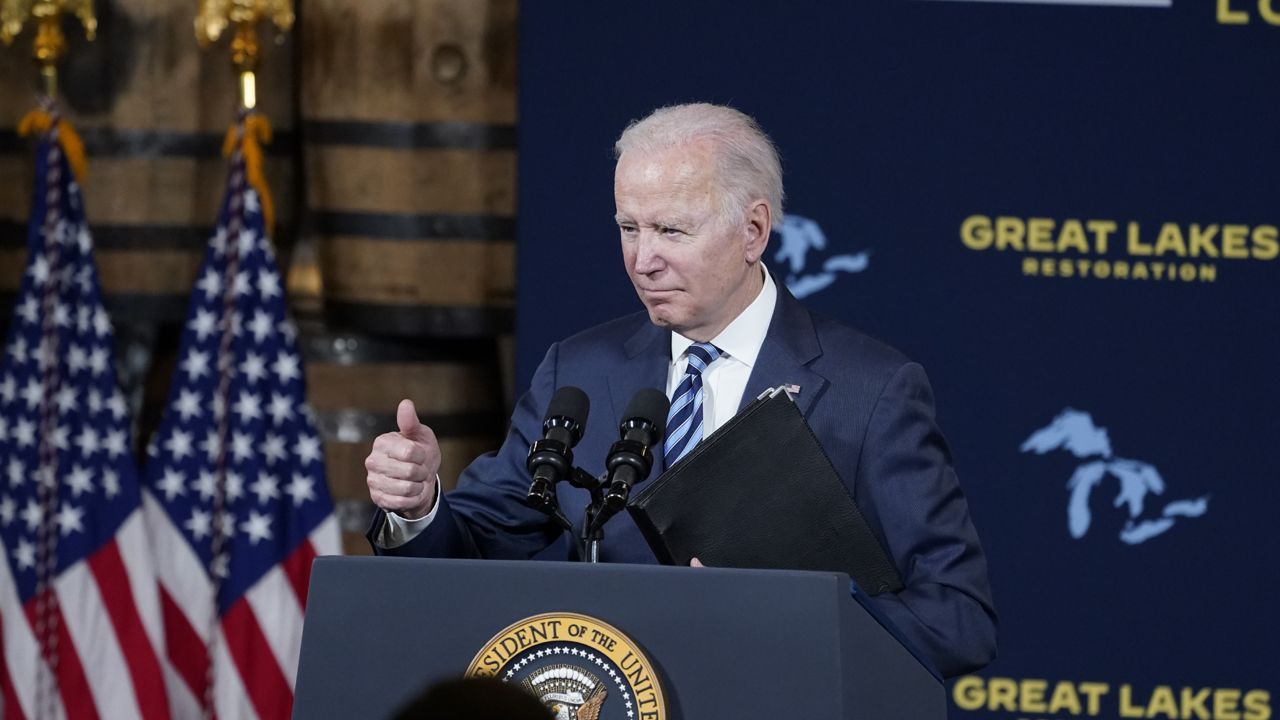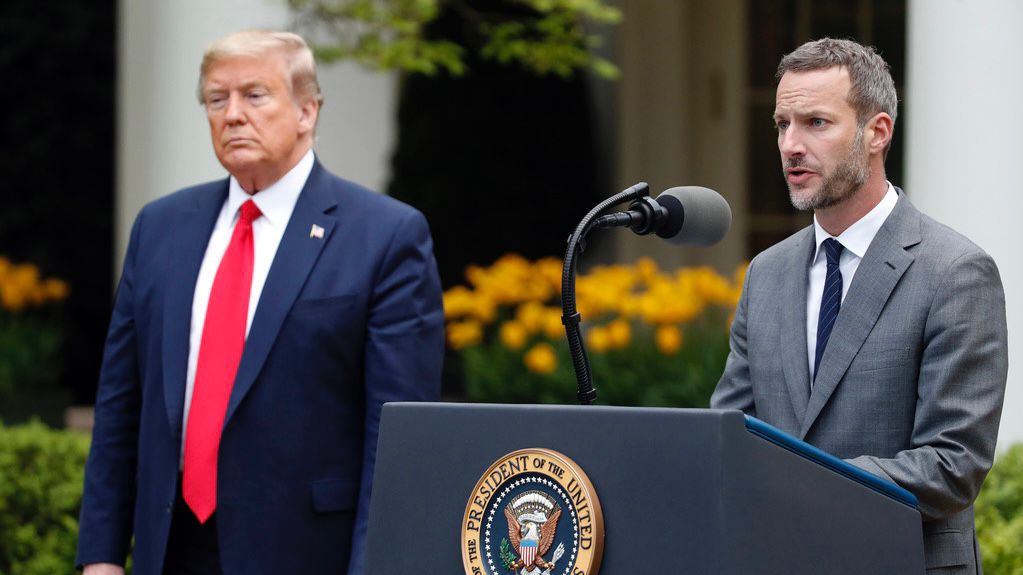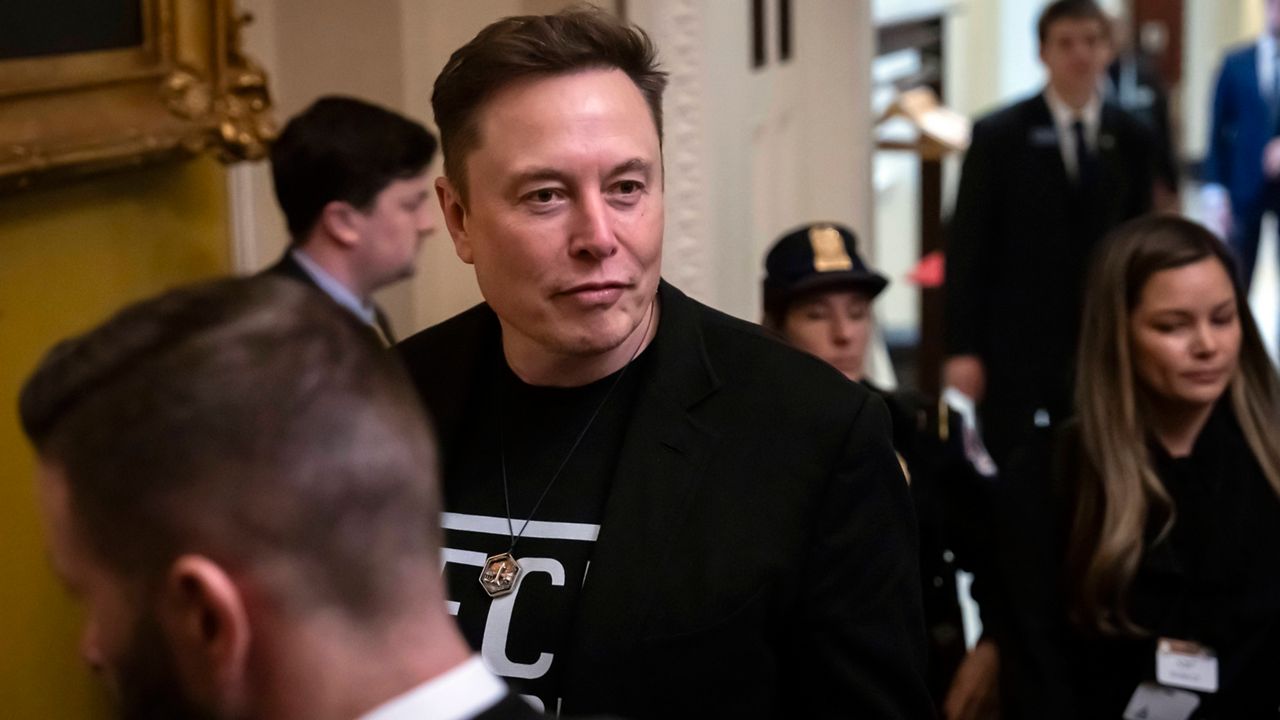The Biden administration is injecting a sizable investment in the Great Lakes region with the hopes of repairing areas that have experienced severe environmental degradation due to human interference.
The $1 billion allocation, announced Thursday by officials from the Environmental Protection Agency, aims to address these “areas of concern” and to reinvigorate environmental and economic benefits for local communities.
"It's going to allow the most significant restoration to the Great Lakes in the history of the Great Lakes," President Joe Biden said during a visit to Ohio on Thursday, one of the states with a number of restoration projects that have yet to be completed. "We're gonna accelerate cleanup of sites across six states in the Great Lakes Basin, from Duluth, Minnesota, Milwaukee, Wisconsin, Gary, Indiana, Buffalo, New York and everywhere in between."
There are currently 25 areas of concern around the Great Lakes within the United States, down from the 31 originally identified in 1987; thanks to the $1 billion announced Thursday, which comes from the Bipartisan Infrastructure Law, and funds from outside sources, the administration believes work on 22 of those sites can be completed by 2030.
Biden on Thursday traveled to Lorain, Ohio, where restoration and cleanup work at the nearby Black River – one area of concern – has already been completed. Once dubbed the “river of fish tumors” due to the detrimental effect of nearby toxins on the waterways’ animal population and habitat, the river is cleaner now than it once was – but will be monitored until its removal from the areas of concern list, which is estimated to occur between 2022 - 2026.
"What you've done here in Lorain shows what's possible," Biden said during his visit. "You've reclaimed your waterfront, cleaned your drinking water and restored wetlands, which will help protect against storms and flooding from extreme weather and the spring thaw."
EPA Administrator Michael Regan joined him aboard Air Force One for the trip.
"This is a shot in the arm," Regan told reporters on the plane, emphasizing the jobs the projects would create.
"This, at heart, is an infrastructure action," he added. "You don't have to choose between a healthy environment and economic prosperity, and the president has demonstrated that they actually go hand in hand."
The administration hopes to remove 16 sites from the “areas of concern” list over the next eight years. Nine of the larger areas – like the Milawukee and Detroit Rivers – will likely not be removed from the areas of concern list by 2030 despite project completion, as officials noted it takes around five years post-project for a given area to “heal” sufficiently.
Funding from the infrastructure law will directly benefit at least 11 of the projects.
“Ultimately, there will be only three areas of concern remaining for EPA and our partners to complete the necessary remediation,” senior administration officials said. “This level of progress would have been inconceivable just a few years ago. Thanks to the bipartisan infrastructure law funding, we have the financial resources to make this a reality.”
Projects in the Kalamazoo River, the Saginaw River and the St. Lawrence River will likely still be ongoing by 2030.
The Great Lakes, home to the world’s largest natural source of freshwater, is surrounded by Minnesota, Wisconsin, Illinois, Indiana, Michigan and Ohio. EPA Administrator Michael Regan on Thursday called the area a “vital economic engine and an irreplaceable environmental wonder, supplying drinking water for more than 40 million people, supporting nearly 1.5 million jobs, and sustaining life for thousands of species.”
The projects span into New York’s Niagara River as well. Each will have a separate focus, officials said, with individual time projections to completion and funding allocations.
One of the larger cleanup efforts will occur in the Milwaukee area, as officials said “there will be a tremendous amount of sediment contaminated that needs to be remediated.”
“The more sediment remediation you do, the higher the cost and Milwaukee will be in the hundreds of millions, in the low hundreds of millions of dollars,” officials added, saying other projects will likely cost much less.
A combination of factors have thoroughly polluted the Milwaukee Estuary, including waste from historical industrial plants, sewer overflows, wastewater treatment runoff and other toxins from surrounding agriculture and cities.
Some of the other projects the funds will cover include habitat restoration, securing access to clean water, remediation of hazardous waste sites and more.
"Generations of families have depended on [the Great Lakes'] boating and fishing and hunting and swimming that they provide for everyone to this region [and] those who come and visit," Biden said. "They are homes to countless national and cultural wonders that should be conserved for all to enjoy today, tomorrow and for generations to come."
NOTE: A previous version of this article stated the Black River project would receive federal funds in order to be completed. It has been updated to reflect that the Black River project is complete, and will be delisted from the "areas of concern" between 2022 - 2026.








